Ford has hired six senior-level executives to its newly minted commercial vehicles and services business unit as the automaker prepares to bring to market the E-Transit cargo van and the F-150 Lightning Pro pickup truck — two electric vehicles it’s betting will become commercial customers’ new workhorses.
Ford pulled from within its ranks and outside the company to fill out the leadership team for the new business unit, Ford Pro. Among the new hires is Muffi Ghadiali, the CEO of Electriphi, the battery management and fleet monitoring software startup that Ford acquired in June. Ghadiali will continue to serve in his role with Electriphi and head up Ford Pro’s charging department.
Ford also hired Tim Baughman, Ford’s former controller for U.S. marketing, sales and service, to be the general manager of Ford Pro North America. Ford Pro’s new CFO will be Navin Kumar, who was previously at Ford Autonomous Vehicles LLC.
Tracey Pass, who comes from The Walt Disney Company, has been hired as the chief human resources officer, and Rahul Singh, who was head of software development for Ford Autonomous Vehicles LLC, is the unit’s CTO. Wanda Young, chief marketing officer of Samsung Electronics America, has taken a similar position at Ford Pro.
Ford previously announced that Hans Schep will be the general manager of Ford Pro Europe.
Ford Pro is focused on more than just commercial vans. The division, led by Ted Cannis, aims to sell fleet management, maintenance and charging services to commercial clients as well. Ford Pro has said it expects to generate $45 billion in revenue from hardware and adjacent and new services by 2025 — up from $27 billion in 2019.
That’s a hefty hike in revenue and a target that Ford plans to meet by selling a mix of combustion-engine, hybrid, and soon all-electric versions of its vans and full-size pickup trucks; and offering depot and home charging for the EVs, digital services for customers to manage and maintain their fleets, a network of service centers, and, of course, financing.
Ford’s commercial vehicle business has a head start in Europe, where it has been the leading commercial vehicle brand for six consecutive years. In North America, Ford’s share of Class 1 through Class 7 full-size commercial trucks and vans exceeds 40%, according to the company.
A new opportunity to grab more market share has opened up as governments, particularly in Europe, place stricter emissions regulations in urban areas. The E-Transit cargo van, which is expected to ship to customers later this year, and the commercial variant of the F-150 Lightning Pro play a critical role in Ford Pro’s plans. The Lightning pickup truck is expected to come to market in spring 2022.


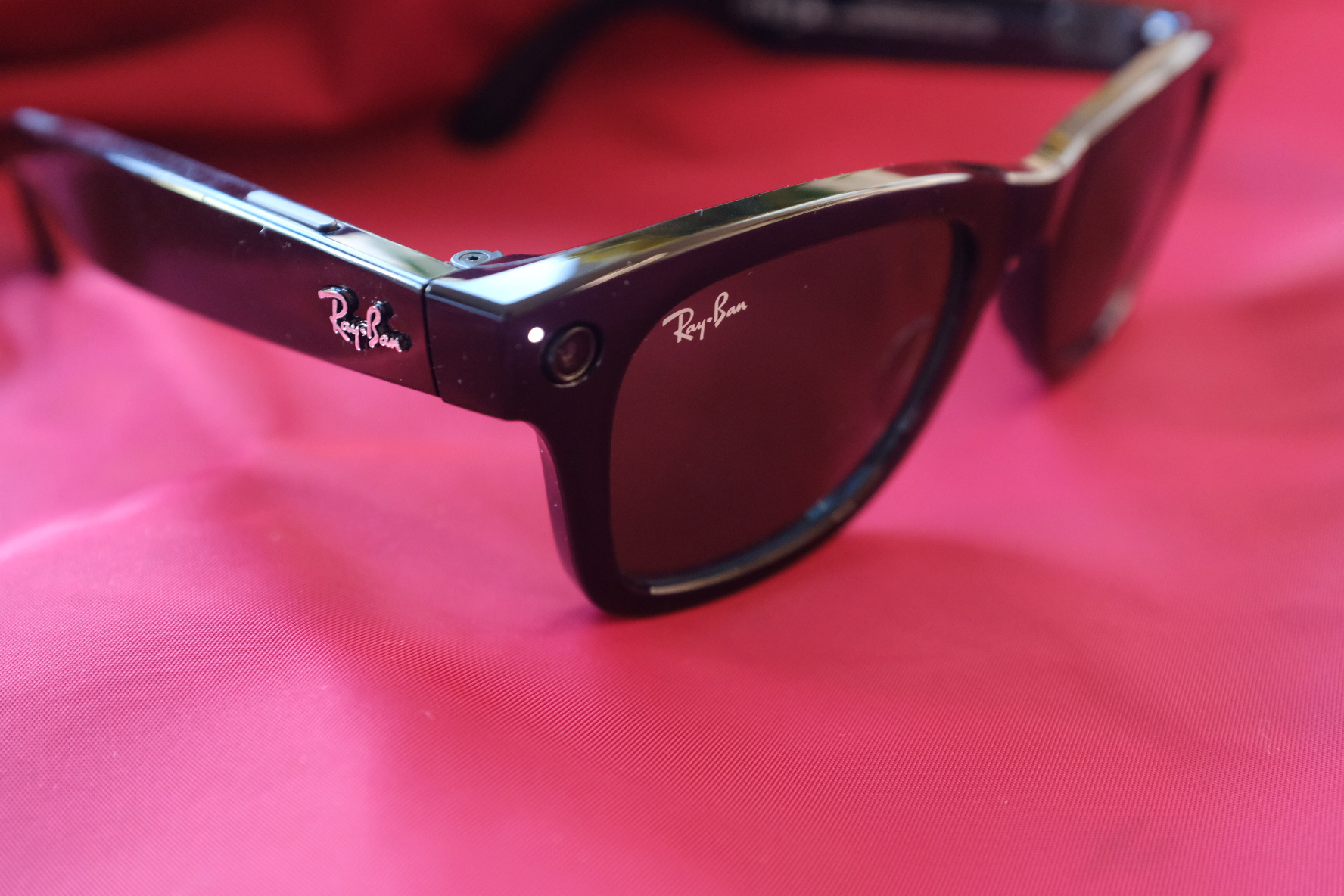

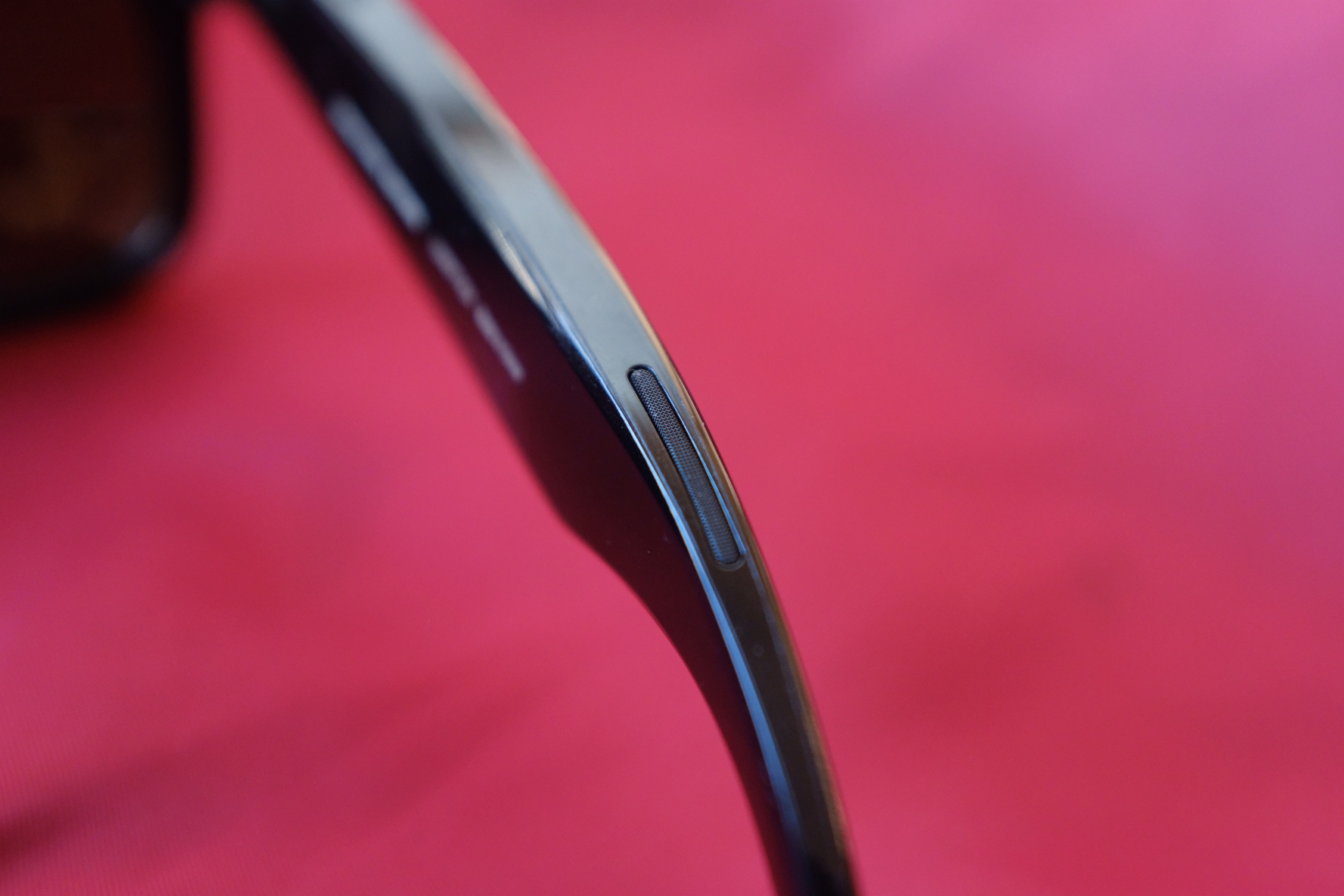

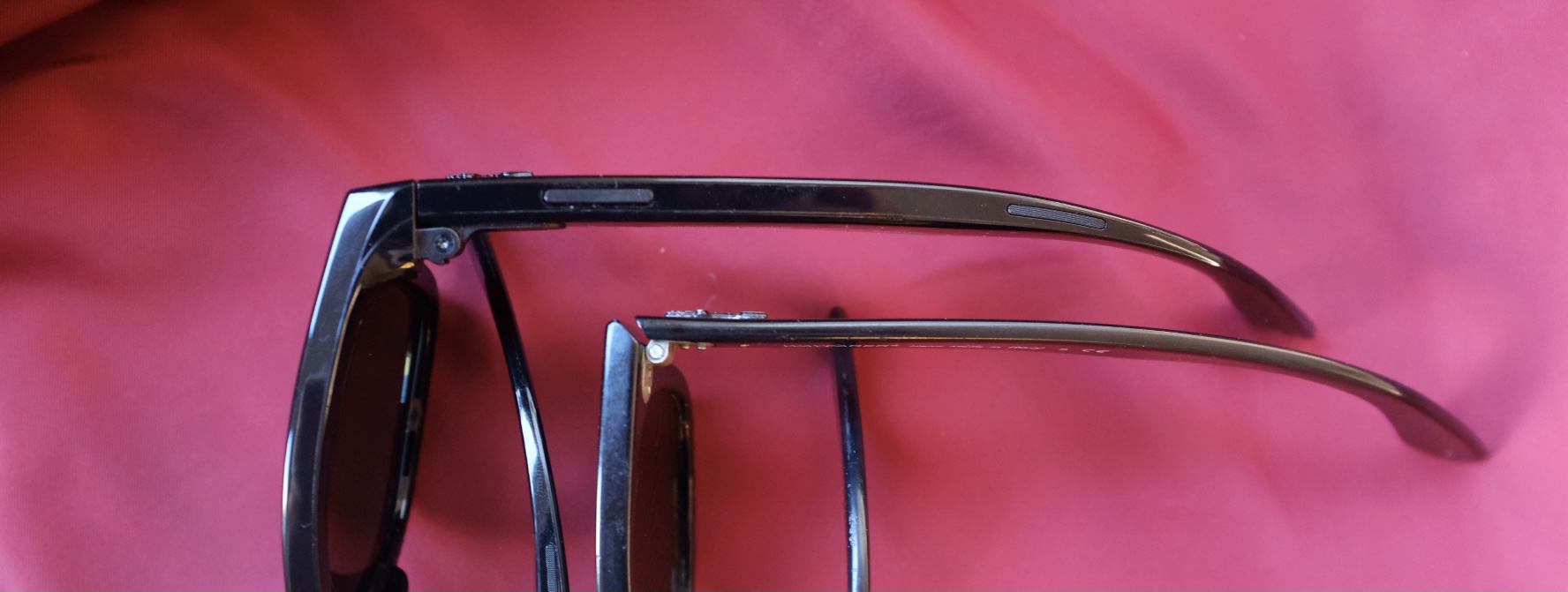
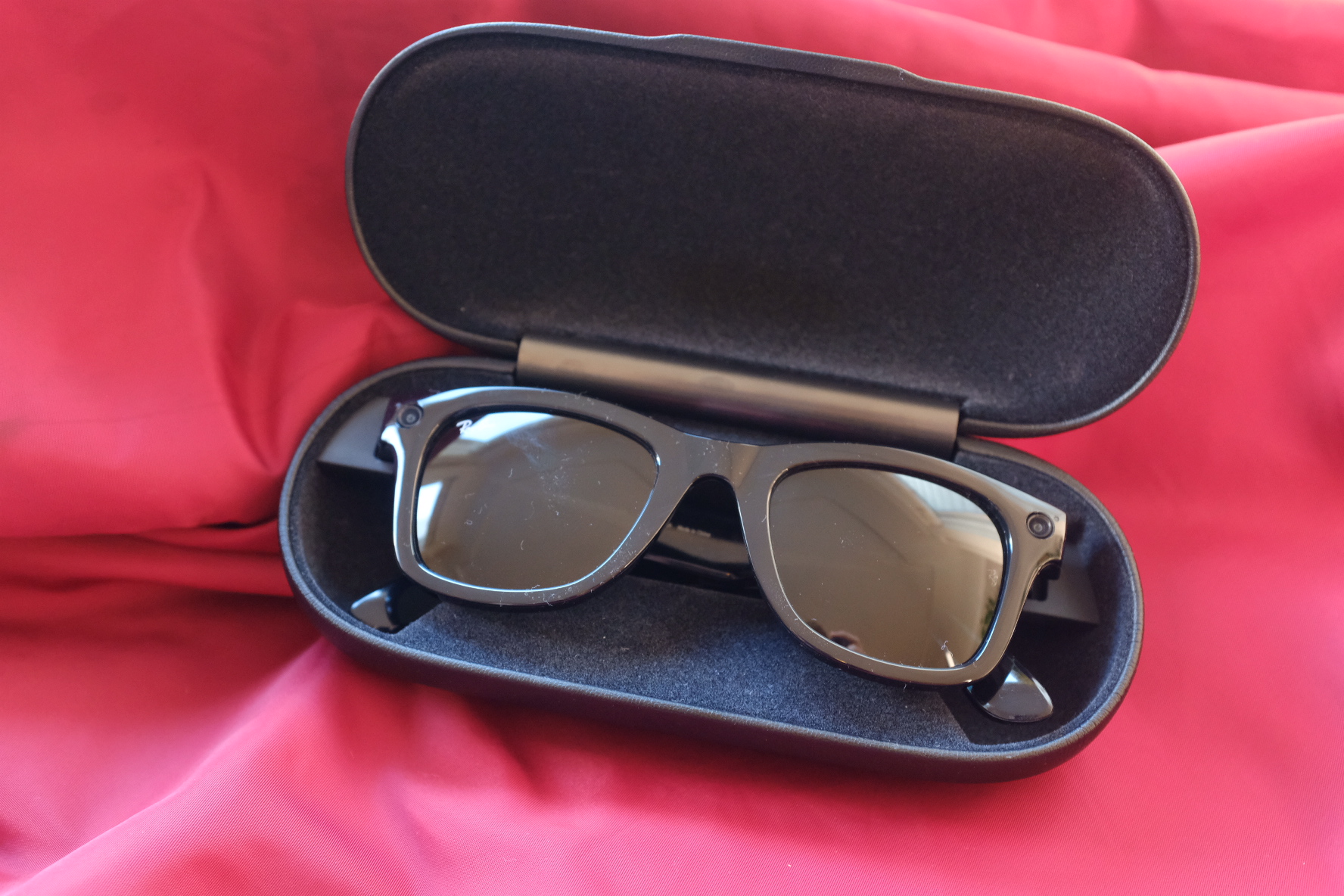
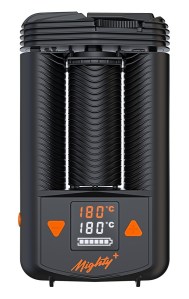 Storz & Bickle finally updated the Mighty vaporizer. The original hit the market in October 2014 and quickly became a fan favorite despite its unwieldy form factor and market-topping price. Users point to the quality of the vapor, airflow, and its certification as a medical device as primary reasons for buying the vape.
Storz & Bickle finally updated the Mighty vaporizer. The original hit the market in October 2014 and quickly became a fan favorite despite its unwieldy form factor and market-topping price. Users point to the quality of the vapor, airflow, and its certification as a medical device as primary reasons for buying the vape.




